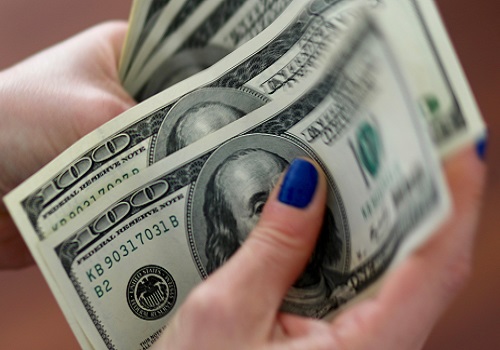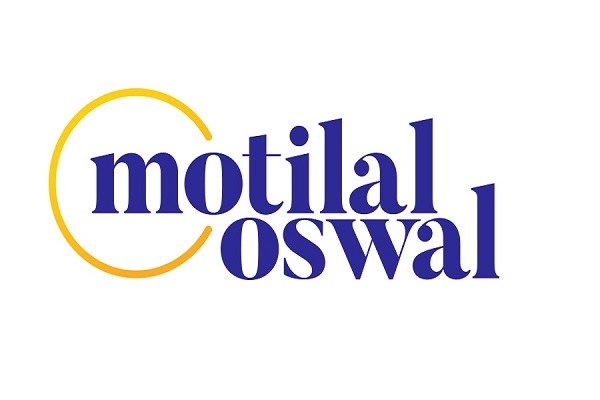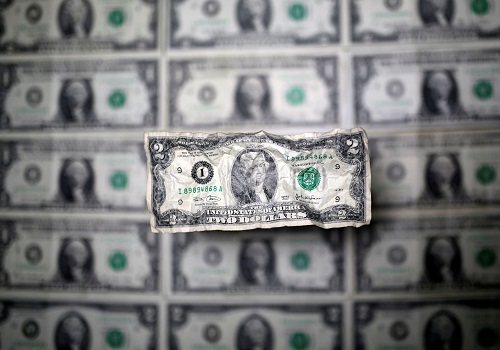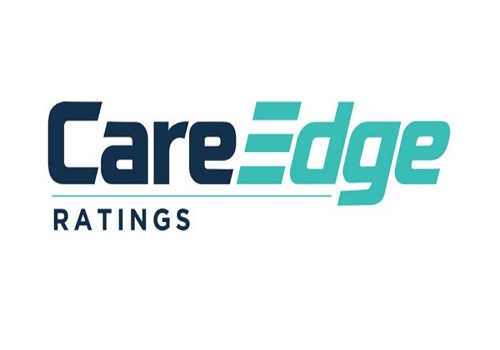Erratic Monsoon, Food Prices, and Rural Demand By Care Edge Ratings
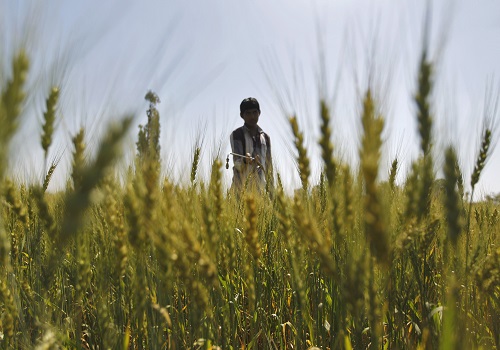
Agriculture and allied sector, which contributes around 18% to the national output and provides livelihood to more than half of India’s population, is heavily dependent on the monsoon. The monsoon has a far-reaching effect on domestic macroeconomic conditions and directly or indirectly impacts domestic inflation, rural income, consumption demand, trade, and agricultural productivity. The dependency on the monsoon is further underlined by the fact that only about 57% of the farm area is covered by irrigation, with large states like Maharashtra, Karnataka, Odisha, West Bengal, and Tamil Nadu having coverage below the national average. Since over 75% of India’s annual rainfall occurs between June and September, these four months are crucial for Kharif output and can impact domestic reservoir levels, affecting irrigation-dependent rabi output.
While an uneven monsoon increases the risk to domestic food prices, global developments don’t support domestic inflationary conditions either. The risk to global food prices remains elevated with recent weather-related disruptions in South Asian countries and geopolitical developments. The evolving geopolitical situation warrants close monitoring amid recent reports of Russian warships firing warning shots aimed at cargo heading for ports in the Black Sea coasts. The collapse of the Black Sea grain deal will adversely affect global wheat, corn and oil edible prices. Further, due to El Nino, there is the expectation of subdued production growth of palm oil in Malaysia and Indonesia and that has resulted in a spike in global edible oil prices. FAO Vegetable Oil Price Index rose sequentially in July, marked by a rise in sunflower, palm, soy, and rapeseed oil prices. Higher global food prices can pass through to domestic consumption baskets as import dependency remains high on some items like edible oil and pulses. India’s import dependency of pulses and edible oil for domestic consumption currently stands at around 55% and 9%, respectively.
Amid these evolving global developments and weather-related vagaries, rural demand remains most vulnerable and can be hit by a dual blow of higher food inflation and lower income. The government’s budgeted cuts on subsidies introduced during the pandemic can further weaken rural demand.
Southwest Monsoon has Both Spatial and Temporal Variations

The erratic progress of the southwest monsoon has resulted in a spike in the prices of the domestic food basket, which has a weight of about 40% in the CPI inflation basket. On the one hand, excess rainfall over a short period has resulted in flooding in certain parts of India, adversely impacting the production of certain crops; on the other hand, significant deficit rainfall in certain pockets has adversely affected the sowing activity. Among the major agricultural regions, eastern Gangetic plains (ranging from eastern UP, Bihar, Jharkhand, and Southern West Bengal) and Southern Karnataka, Madhya Maharashtra, Rayalaseema in Andhra Pradesh, and Kerala continue to witness a significant deficit in the cumulative rainfall. At the same time, certain western regions like Saurashtra and Kutch, Western Rajasthan, and Himachal Pradesh continue to witness surplus rain.
Apart from the spatial distribution, the temporal distribution of rainfall has been skewed across the country. After a cumulative deficit rainfall in June (10% below normal), July witnessed a rebound with cumulative rainfall 5% above normal. In line with the India Meteorological Department’s (IMD) and Skymet’s projection, the rainfall activity has been muted in August to date, with cumulative rainfall falling back to an 8% deficit. Weak to moderate El Nino conditions are expected to lead to a prolonged dry spell.
Monsoon Dependency Increases Risk to Agricultural Output
A deficit monsoon has adversely affected kharif sowing with a decline in the sowing of pulses (-8.3% y-o-y), oilseeds (-0.9% y-o-y), and cotton (-1.8% y-o-y). As kharif sowing activity is expected to be over by the end of August, the sowing of these crops is unlikely to improve drastically. A drop in yield due to irregular monsoon and a lower acreage can lead to a demand-supply mismatch, further increasing inflationary pressures in the food basket. Pulses and cereals are already witnessing double-digit inflation.


Lower rainfall and the resultant lower reservoir levels will have implications for the rabi crops that have a higher dependency on irrigation. The cumulative water levels in 146 key reservoirs across India have dipped below the 10-year average as a result of slow monsoon progress over the past week. As per the weekly data published by the Central Water Commission (CWC), the water storage in the 146 monitored reservoirs as of 24th August was at 64 % of their total capacity which is six percentage points below their 10-year average. The reservoir levels mirrored the spatial distribution of monsoon, with Eastern and Southern regions witnessing a significant deficit in comparison to the 10-year average.
To Read Complete Report & Disclaimer Click Here
Above views are of the author and not of the website kindly read disclaimer

